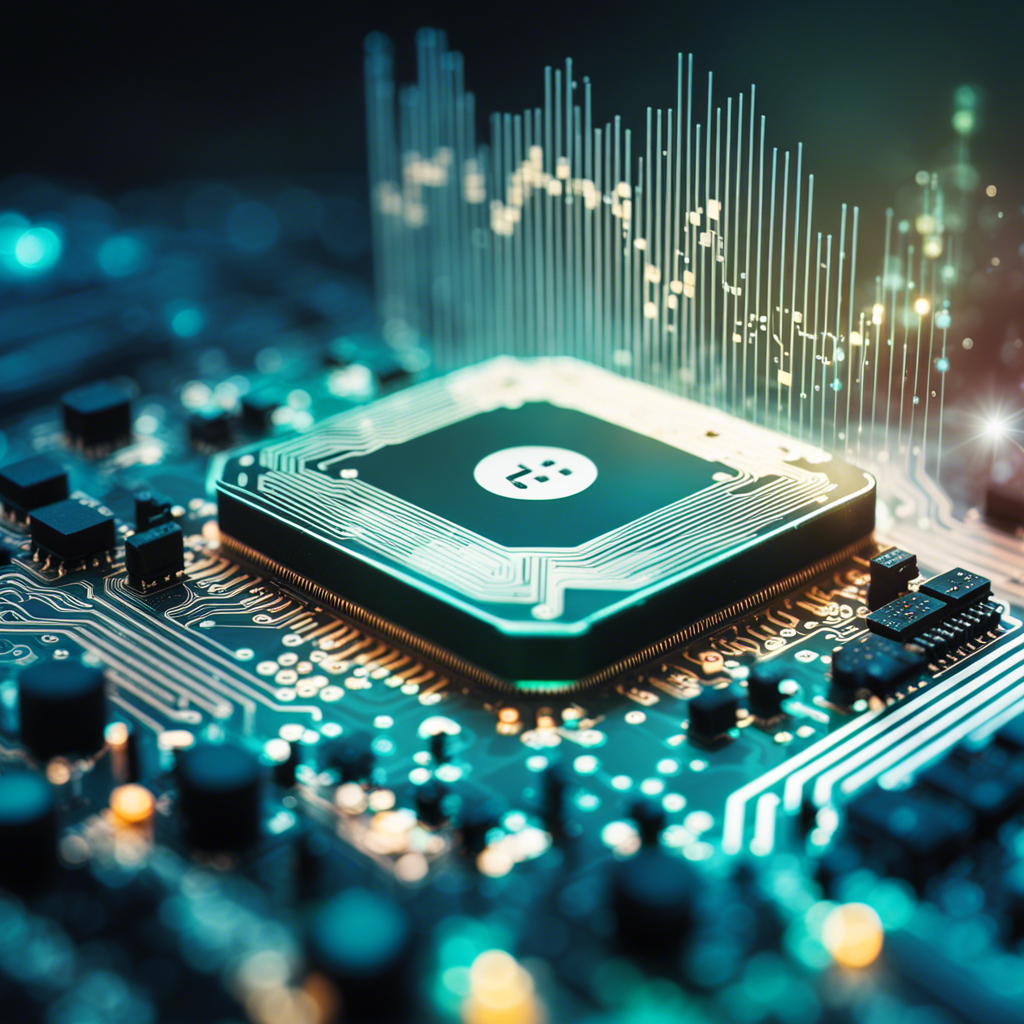According to Torsten Slok from Apollo Global Management, the contemporary AI industry bubble exceeds the tech bubble of the nineties. He grabbed media attention after alerting that the P/E ratio of the top ten S&P 500 firms currently exceeds that from the dotcom bubble era. This follows significant movements in Nvidia’s AI stocks, which saw a historic one-day growth of $277 billion (around €256 billion) in market cap following a phenomenal earnings report.
However, Slok’s comparison may not be entirely valid. Unlike now, many S&P 500 leaders in the nineties weren’t tech companies, including Walmart, Exxon Mobil, General Electric, Citigroup, and Home Depot. Currently, data from Goldman Sachs suggest that the impressive performance of the big seven, namely Microsoft, Apple, Nvidia, Alphabet, Amazon, Meta, and Tesla, over the last four years has been mostly due to increasing revenues and profits, as opposed to valuation growth.
Though these companies are more costly than most others in the S&P, their unprecedented growth rate sets them apart. Barclays agrees and states that despite the warnings of an impending AI bubble, the current pricing in the market aligns reasonably well with earnings fundamentals. If this upward trend in earnings continues, it is likely that investors will remain optimistic toward these tech giants.
It must be noted that these titans of tech today are reporting massive profits, unlike their dotcom counterparts who were mainly driven by hype and were largely unprofitable. As market historian Prof Paul Marsh astutely points out, the real question is whether these stocks are overpriced, not whether we’re dealing with low-quality stocks.

